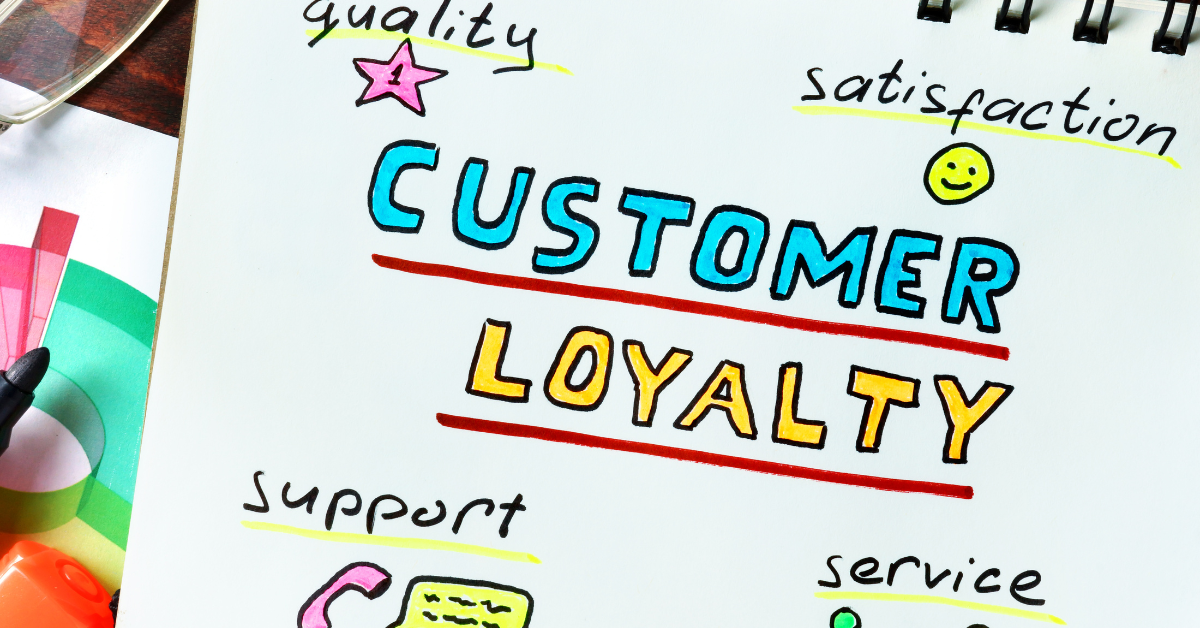Unleashing prosperity: Igniting your brand’s triumph with a loyalty program
In the dynamic and competitive landscape of modern business, retaining customers is just as crucial as acquiring new ones. This is where loyalty programs come into play, serving as a powerful tool to foster long-term relationships between businesses and their clientele. In this blog post, we will delve into the world of loyalty programs, exploring their significance, impact, and the numbers that highlight their effectiveness.
The Significance of Loyalty Programs
Customer loyalty programs are structured marketing strategies designed to reward and encourage repeat business. They come in various forms, such as points-based systems, tiered memberships, and exclusive perks. The core idea is to create a mutually beneficial relationship between the business and the customer, fostering brand allegiance and customer retention.
- Customer Retention Rates:
- According to a study by Frederick Reichheld of Bain & Company, increasing customer retention rates by just 5% can boost profits by 25% to 95%.
- Cost-Effectiveness:
- It is generally more cost-effective to retain existing customers than to acquire new ones. Acquiring a new customer can be up to five times more expensive than retaining an existing one, as stated by the Harvard Business Review.
The Impact of Loyalty Programs
- Consumer Behavior:
- Loyalty programs influence consumer behavior significantly. A report by Accenture found that 77% of consumers participate in at least one retail loyalty program, and 46% alter their purchasing behavior to maximize the benefits offered by these programs.
- Brand Loyalty:
- According to a survey conducted by Yotpo, 60% of consumers are more likely to stay loyal to a brand that offers a loyalty program.
Numbers and Success Stories
- Starbucks Rewards Program:
- Starbucks, a global coffee giant, has seen immense success with its loyalty program. As of 2022, Starbucks Rewards had over 23 million active members, and mobile payments accounted for 25% of the company’s transactions.
- Amazon Prime:
- Amazon Prime, a prime example of a loyalty program, boasts over 200 million subscribers worldwide as of 2022. The program’s success lies in its combination of free shipping, exclusive deals, and access to a vast library of streaming content.
- Sephora Beauty Insider Program:
- Sephora’s Beauty Insider program has contributed significantly to its success. As of 2022, the program had over 32 million members, and it played a pivotal role in driving customer engagement and loyalty within the beauty industry.
Conclusion
In conclusion, loyalty programs have evolved into indispensable tools for businesses seeking sustained success in today’s competitive markets. The numbers speak for themselves, demonstrating the positive impact these programs have on customer retention, brand loyalty, and overall business profitability. As businesses continue to innovate and tailor their loyalty programs to meet the evolving needs of consumers, the future looks promising for those who understand and harness the power of customer loyalty.


